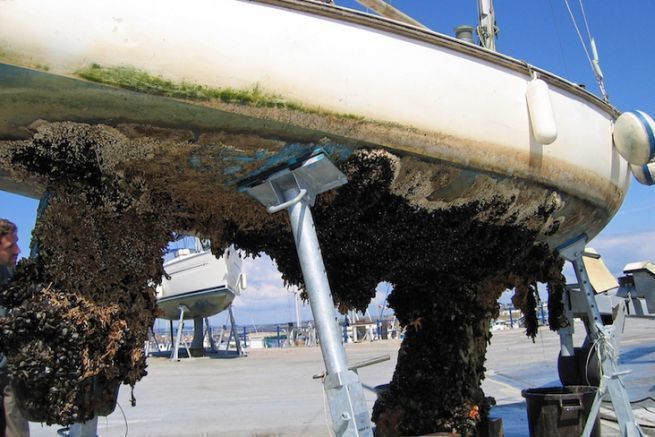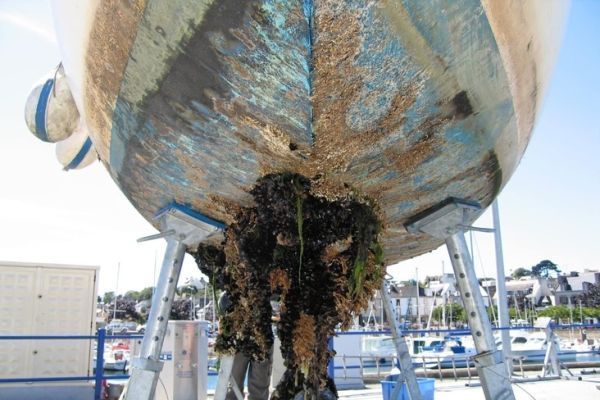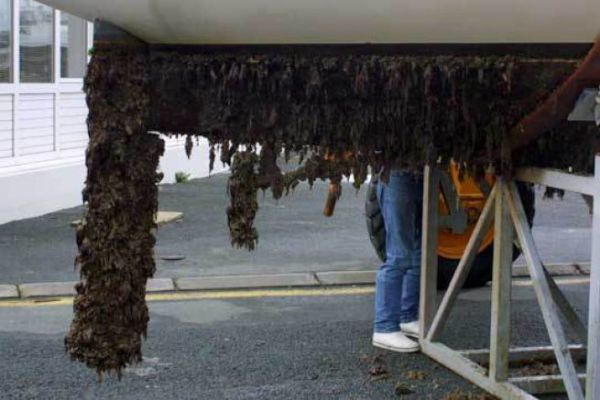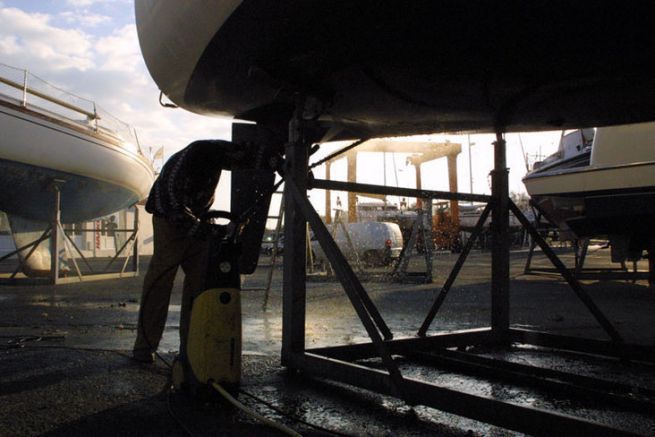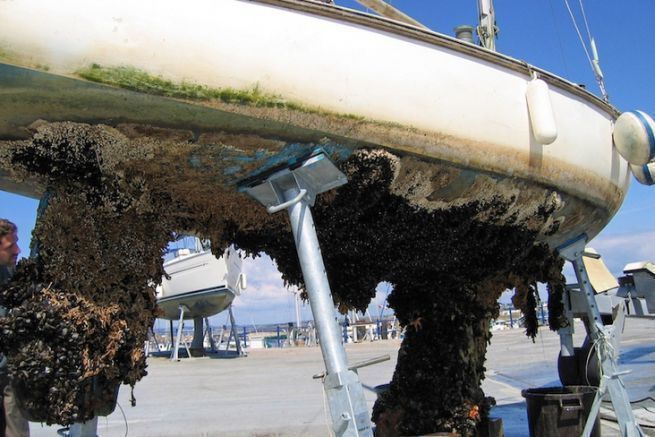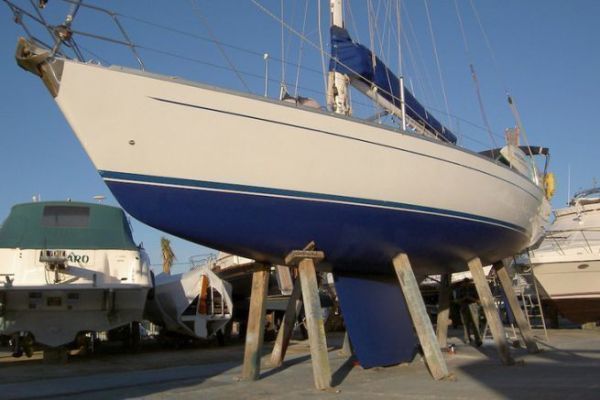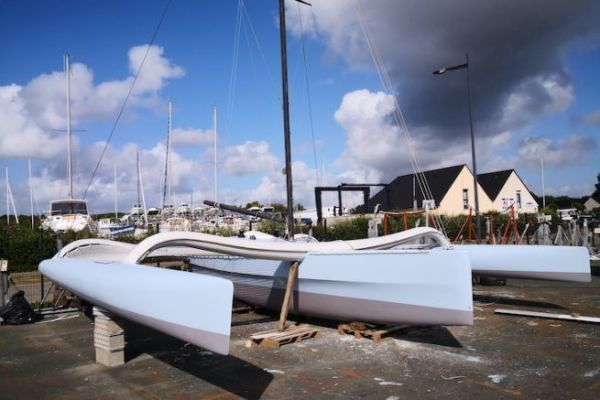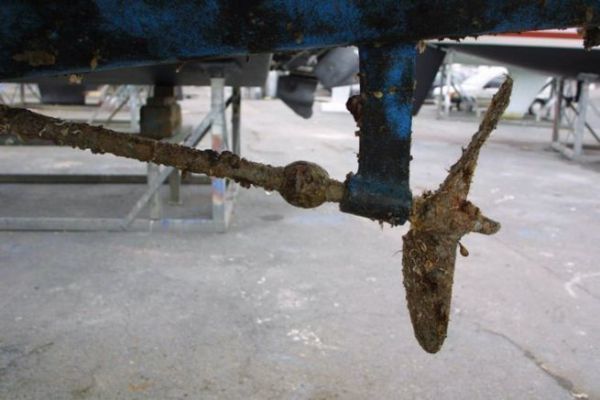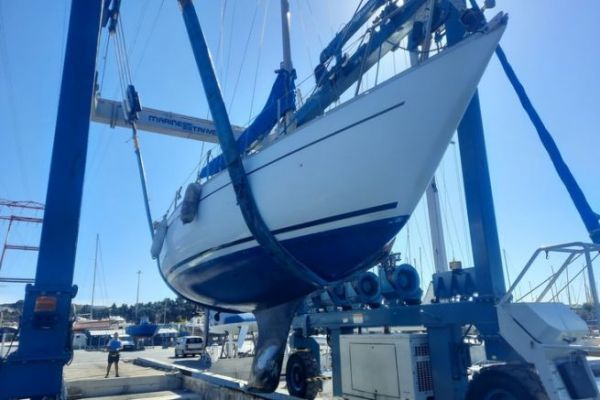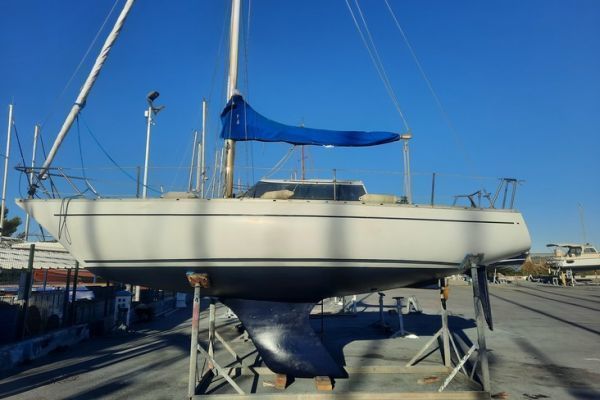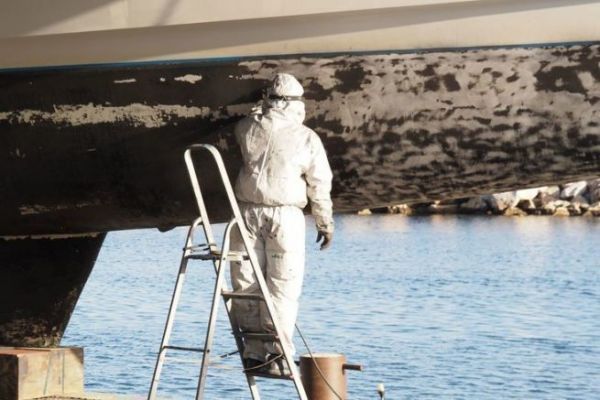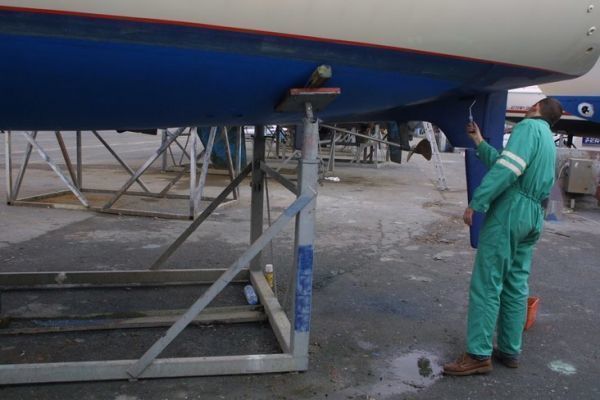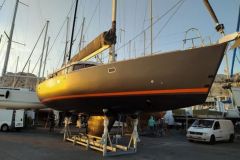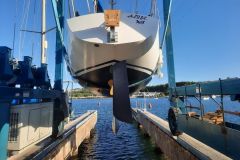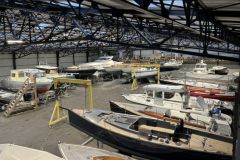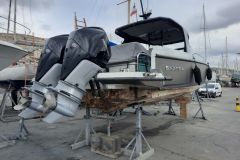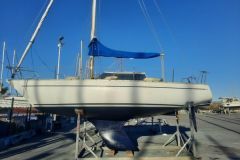What is an antifouling in fact?
An antifouling is first of all a paint.
An underwater paint that should slow down the development of algae and shells on the hull. To do this, this paint gradually releases biocides (bio: life, cide: kill), to fight against "dirt".
For this reason, the antifouling must be renewed every year during the spring refit.
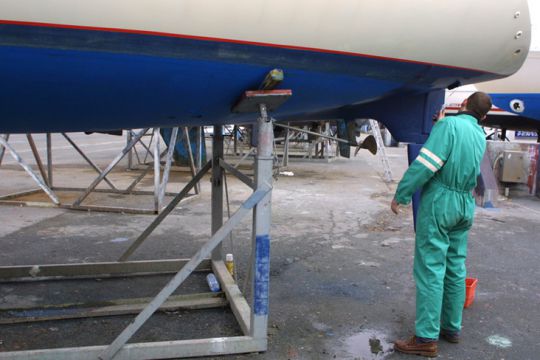
Why use an antifouling ?
By protecting the living works (immersed parts of the hull) from the proliferation of algae and shells, a terrible increase in hydrodynamic resistance is avoided.
Otherwise, there would be 3 direct consequences:
- Reduction of the navigation speed.
- Significant increase in fuel consumption.
- In some cases, it is impossible to sail upwind.
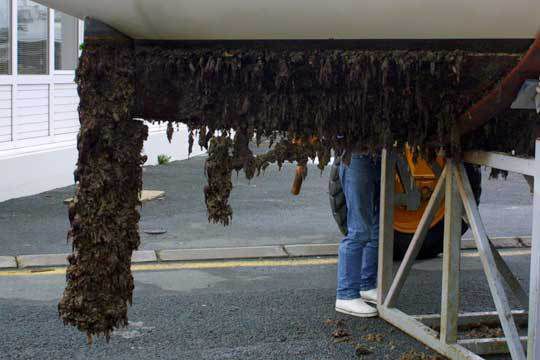
The different antifouling matrices
There are two main types of antifouling paint: hard matrices and erodible matrices. They both share the principle of biocides, but act in opposite ways.
Other forms of protection exist, discover them by consulting the article on "Alternative solutions compared" .
Erodible antifouling :
This antifouling contains a soluble resin in water loaded with biocides.
Once in the water, the paint film is gradually eroded by the friction of the water. Thus, there is always an active layer of biocides on the submerged hull.
The erodible antifouling allows to keep a smooth hull during the sailing season. This matrix is suitable for those who are looking for a good glide.
In addition, this self-polishing antifouling prevents the accumulation of antifouling layers over the years. And when spring comes, you can apply the renovation coat without sanding. That's a big time and energy saver.
However, erodible antifouling is not suitable in some cases:
- Boats that rarely go out, it takes the friction of the water to activate the erosion otherwise life clings.
- Since boats are anchored in areas with strong currents, the product will erode too quickly due to the constant current.
- Very fast boats (capable of eroding the material too quickly) like motorboats.
Hard matrix antifouling :
This time, the antifouling contains insoluble resin in water. The desired properties of this paint are hardness and resistance. The high content of biocide and its constant diffusion in the water ensure protection against algae and shellfish.
A hard matrix antifouling is recommended for :
- Fast boats (sail or motor)
- Vessels stored in dry ports
- Boats at grounding during the tides
- Racing boats looking for speed (allows water sanding to obtain a smooth finish)
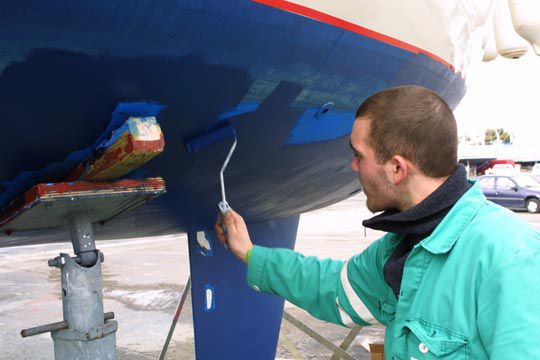
These antifouling have their advantages and disadvantages
Concerning hard matrix antifouling :
- They need to be sanded after the season or they will accumulate layers.
- From now on, it is forbidden to clean - even with a sponge - our hulls in the ports.
+ Resistant to sanding and to the possible small snags of life on the water.
+ Able to withstand being beached or transported on a trailer.
+ The only one suitable for tidal areas and for long crossings.
+ Strong and durable throughout the season.
For self eroding antifouling :
- euros to be avoided for dry ports
- Not suitable for large crossings
- Incompatible with very fast boats
+ Simple maintenance with less preparation required.
+ Erodes with the speed of the boat (water friction).
+ Keeps the hull smooth and clean

 /
/ 